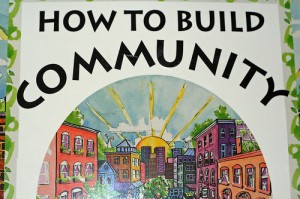Earlier this week, I participated in a Facebook discussion kicked off by Toby Bloomberg, the Marketing Diva. In addition to Toby, other way bright people in the conversation included B.L. Ochman. If you don’t already know who these fine folks are, make it your business to do so!
Turns out that Toby, an influential blogger, received an email from the PR Director of a major brand asking her to support their latest campaign. The discussion thread covered areas like pay-to-play and bad PR pitches. But, the part of the conversation that caught my eye was the definition of perceived value. Not value to the brand or PR Director sending Toby the note, but how the blogger or person receiving the communication defines value.
part of the conversation that caught my eye was the definition of perceived value. Not value to the brand or PR Director sending Toby the note, but how the blogger or person receiving the communication defines value.
We execute influencer outreach campaigns on behalf of clients and sometimes reach out to bloggers. We don’t typically begin a conversation asking someone to support our brand or cause. Rather, we try to find out what turns the reader on, where the value is for them – usually referred to as the Whats In It For Me. Sometimes the value is not a free pass or sample! A free trial download may be valuable to our client, but may not be valuable to the person that they’re trying to impact. Instead, value may be defined as access, education or an audience.
Recognition of community participation on a leaderboard can be an example of value, demonstrated by the rise of social gamification. As these dated (but still on-point) articles detail, value to some customers can be offering product input or even involvement in product creation. Having said all of that, sometimes people do want dollars off!
On the Internet, beauty truly lies in the eyes of the beholder. While the end game may be brand support or sales, experience has taught us that the reception of our campaigns is greater when the focus isn’t solely on the client brand. It has to be about the people.
The other interesting issue discussed in this thread was relationship-building. B.L. Ochman nailed it when she said “we’d like you to support our brand” is like saying “can we pick your brain.” In other words, building relationships by focusing on the other persons needs is a good place to start. You may not always be able to deliver, but listening goes a long way.
But enough about us. How do you define value?
